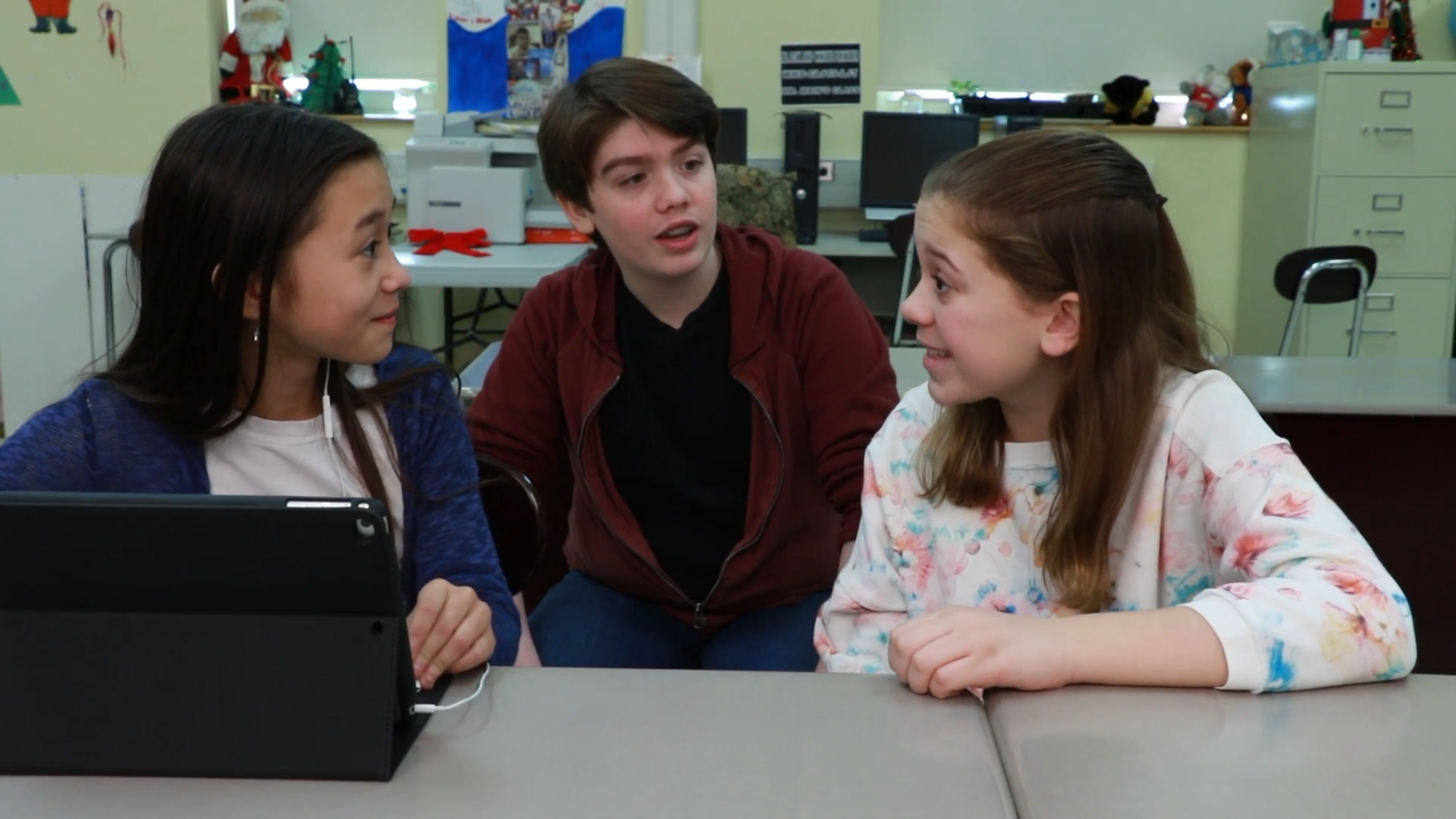
Introduction
Friendships are an essential part of children’s social and emotional development, and understanding the qualities of a good friend can help them build positive relationships. This blog post will discuss the importance of teaching elementary students about the qualities of good friends and provide a no-prep activity, discussion questions, and related skills to help educators integrate these concepts into their lessons.
No-Prep Activity: The Friendship Circle
This activity requires no preparation or materials and is designed to help students identify the qualities of good friends. Here’s how to conduct the Friendship Circle activity:
- Ask students to sit in a circle.
- Explain that they will take turns sharing one quality of a good friend, such as listening, helping, or having fun together.
- Each student shares their quality and a brief example of how it looks in a friendship.
- Go around the circle until everyone has had a chance to share.
- After everyone has shared, summarize the qualities discussed and emphasize the importance of being a good friend.
Discussion Questions
After completing the Friendship Circle activity, use these questions to stimulate further discussions on the qualities of good friends:
- Why is it important to listen to our friends and respect their opinions, even if we don’t agree?
- How can we help our friends when they’re feeling sad or upset?
- What are some ways to have fun and enjoy our time with friends without hurting each other’s feelings?
- How can we recognize if a friend is not treating us well and what can we do about it?
- Why is it important to communicate our feelings to our friends when they make us feel bad?
Related Skills
Teaching elementary students about the qualities of good friends can also help them develop other important social-emotional skills, such as:
- Empathy: Understanding and sharing the feelings of others.
- Conflict Resolution: Resolving disagreements and finding solutions that benefit everyone involved.
- Assertiveness: Expressing one’s feelings and needs in a respectful and confident manner.
- Active Listening: Paying full attention to the speaker and showing genuine interest in what they have to say.
Next Steps
Now that you have some ideas for teaching elementary students about the qualities of good friends, consider incorporating these concepts into your lessons. To access additional resources and activities to support your students’ social-emotional learning, sign up for free sample materials at Everyday Speech.

